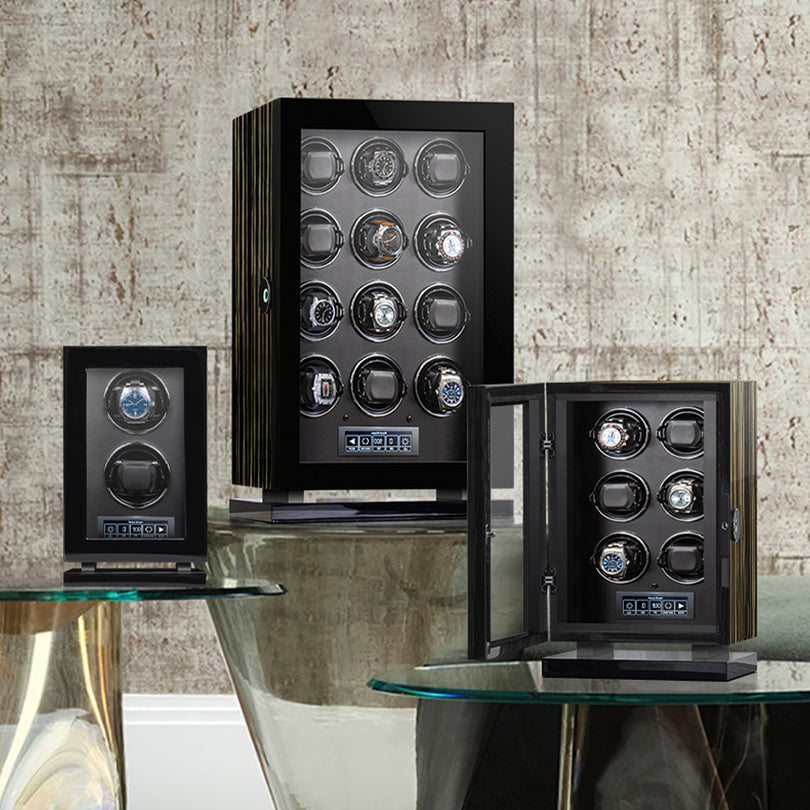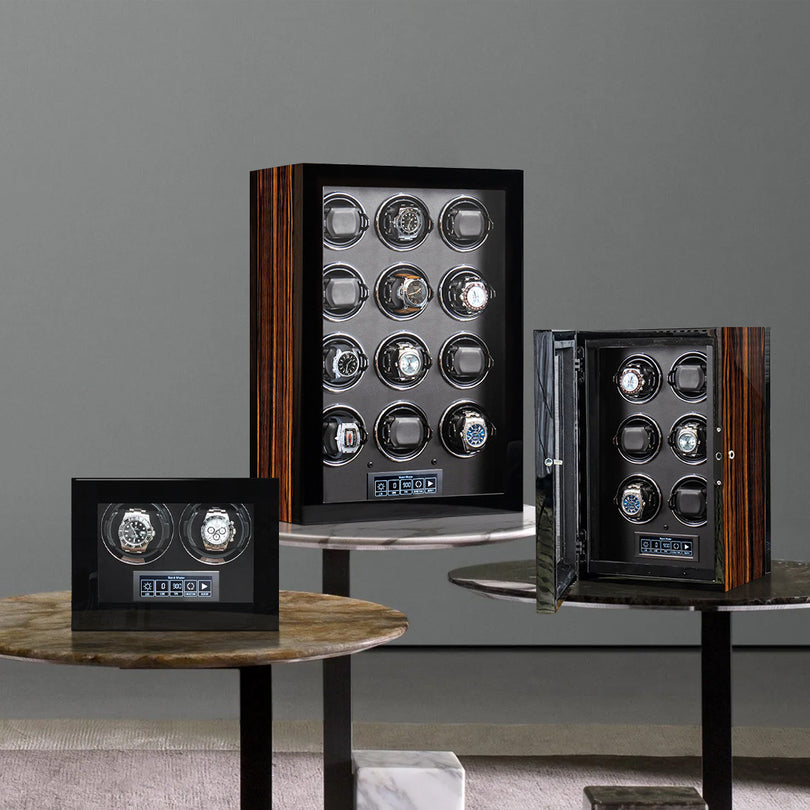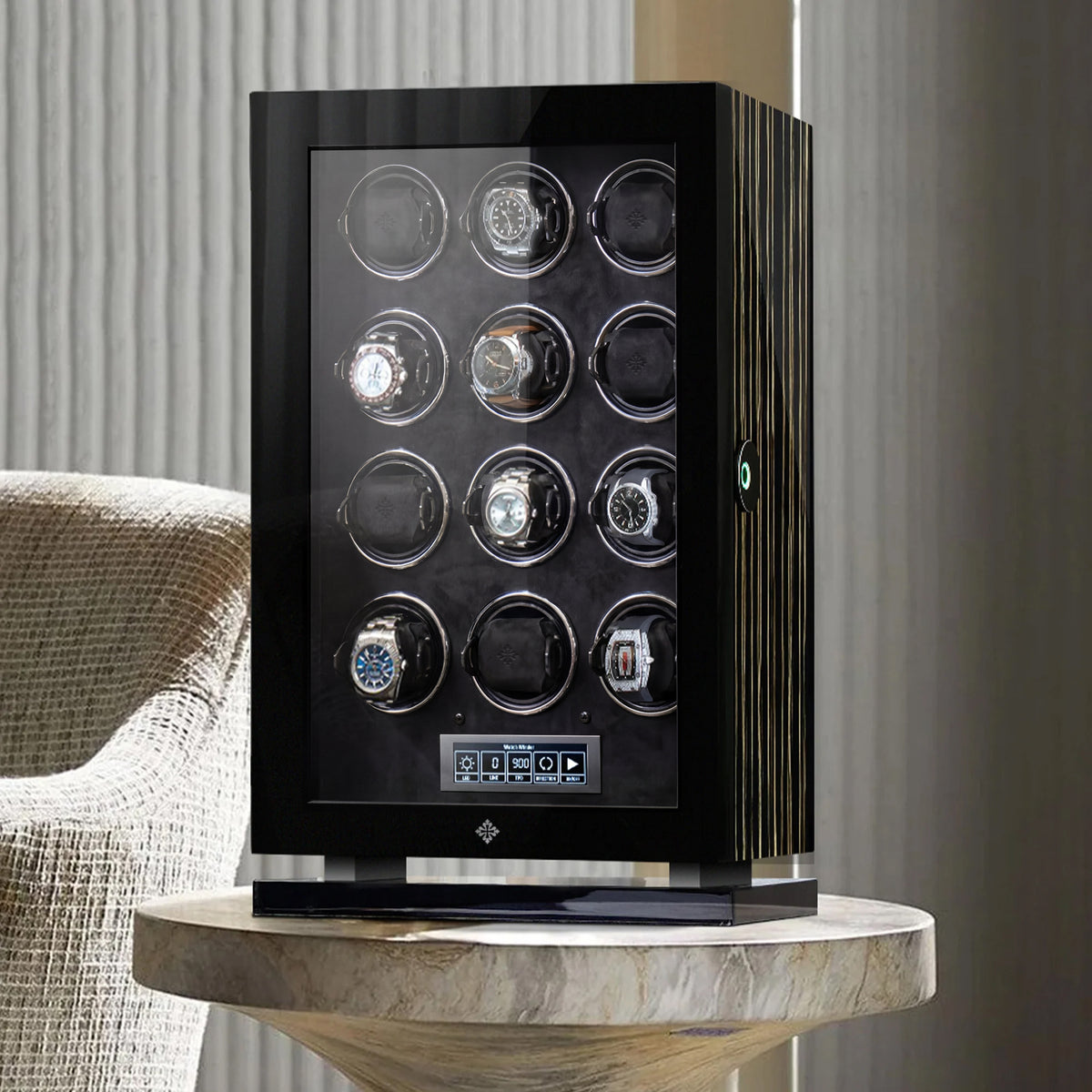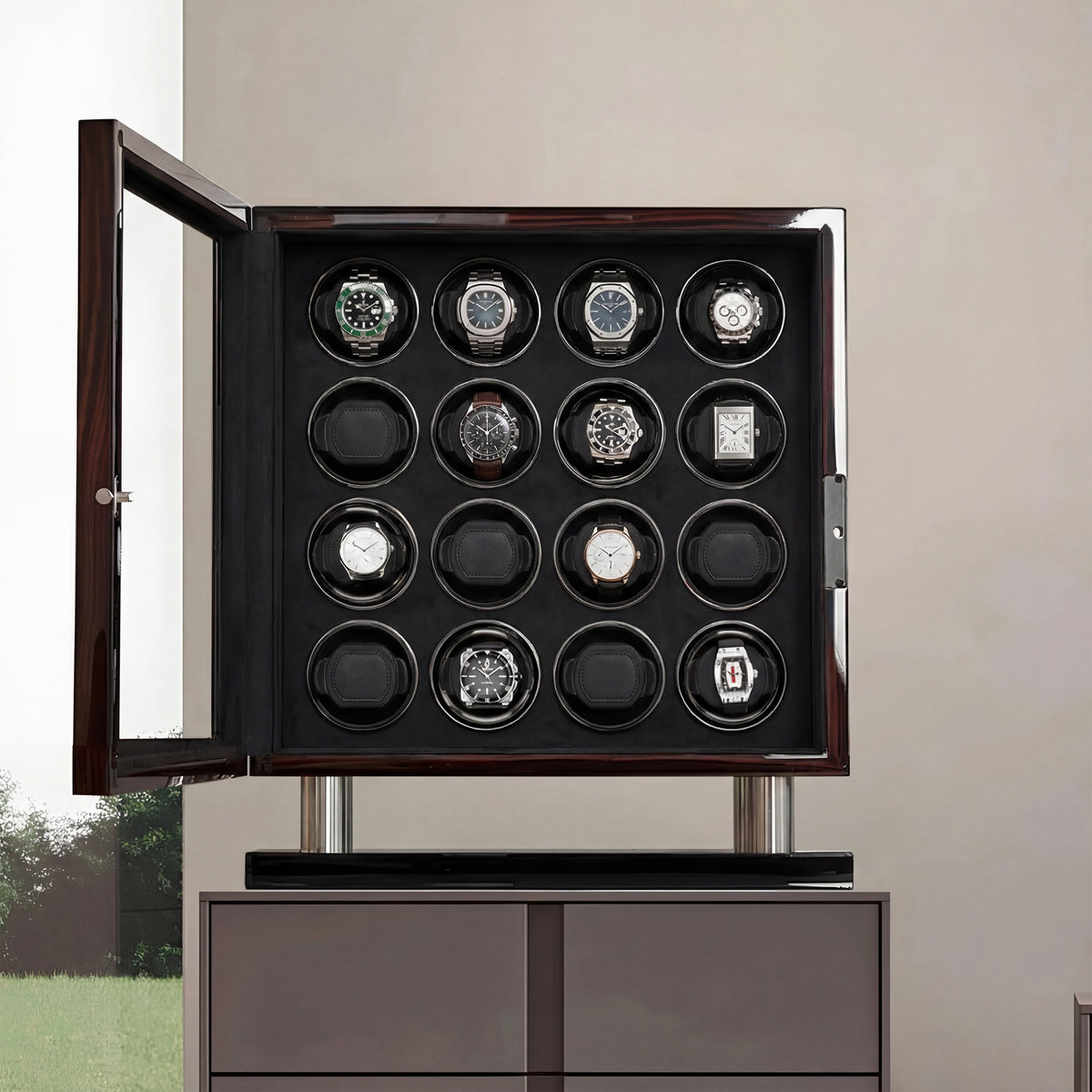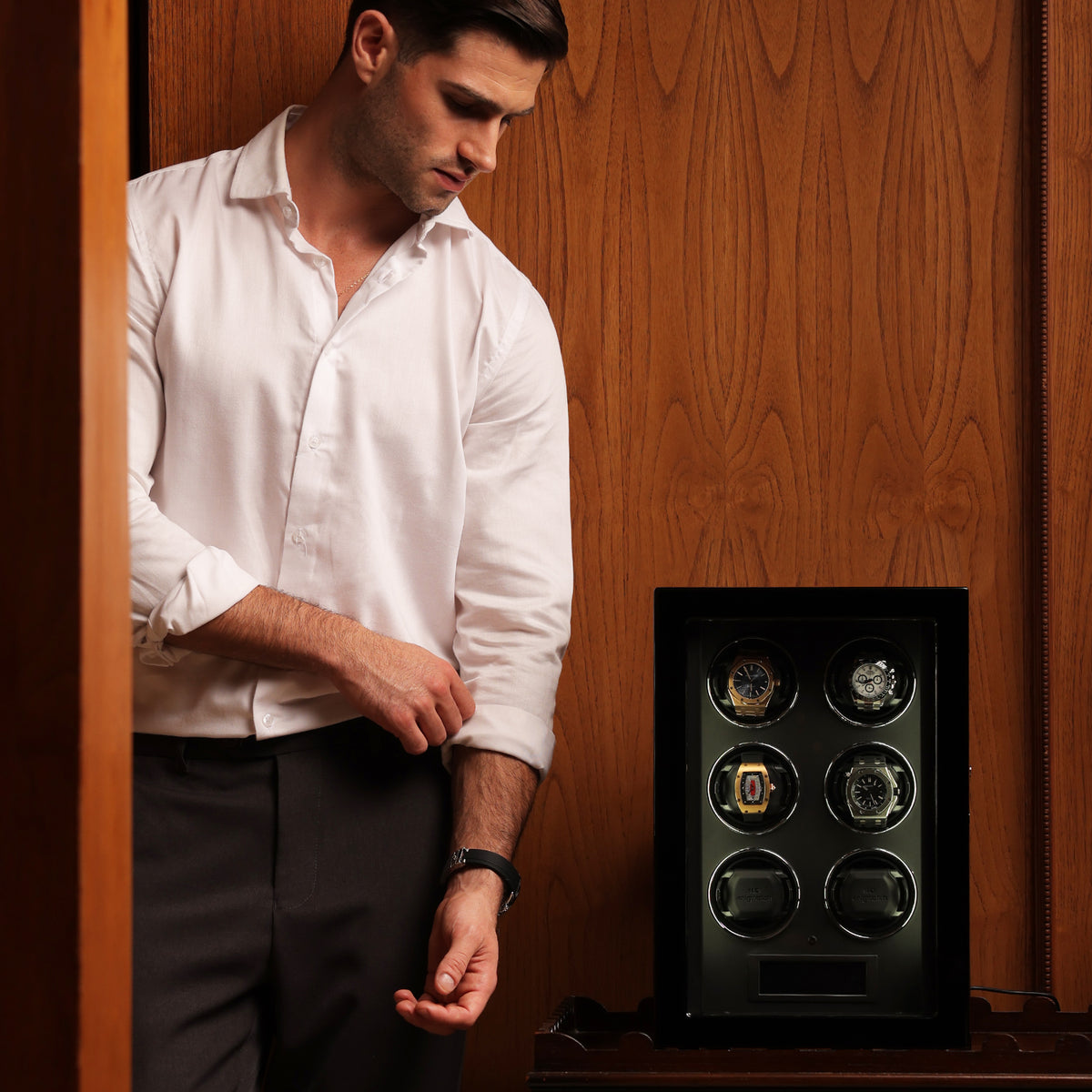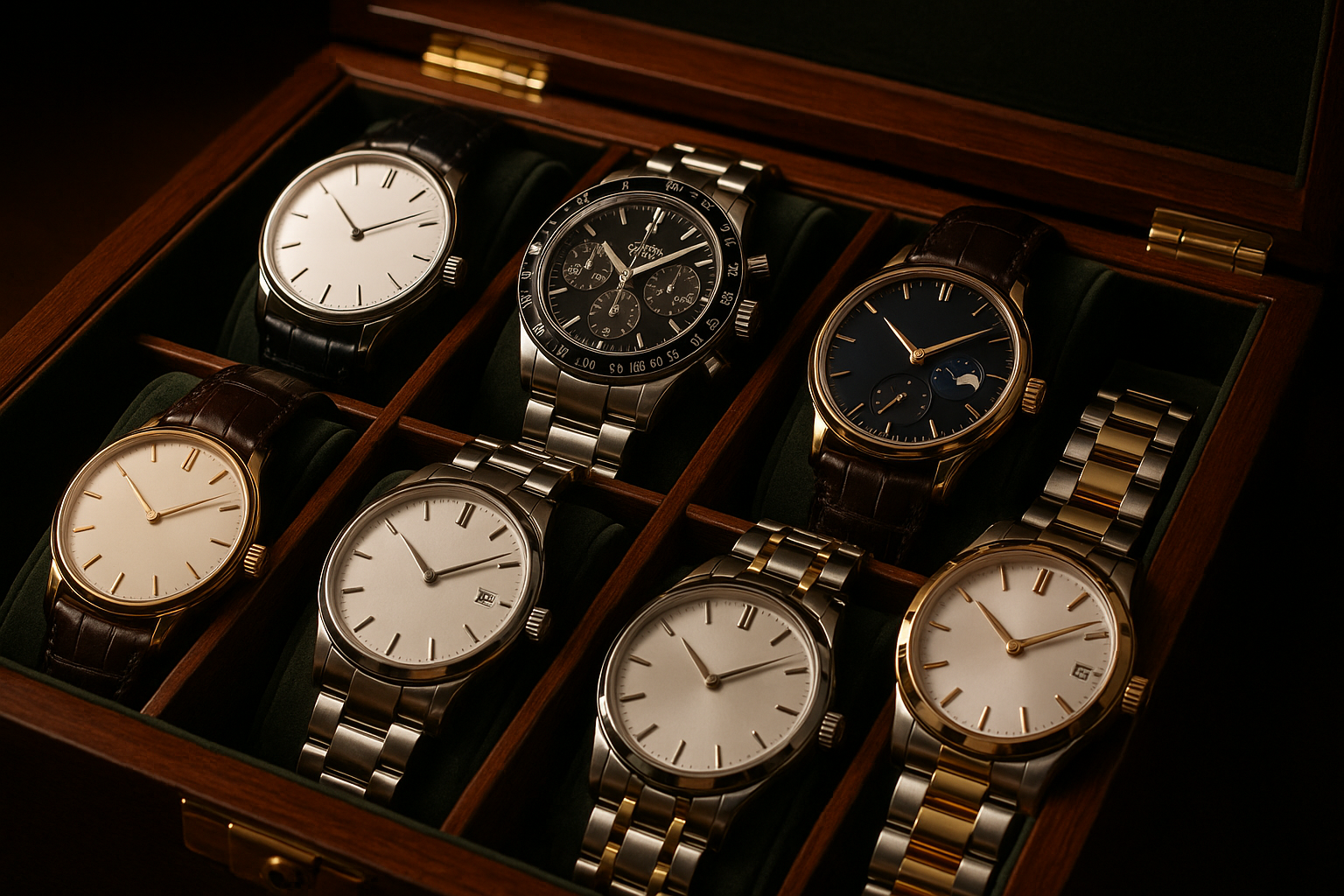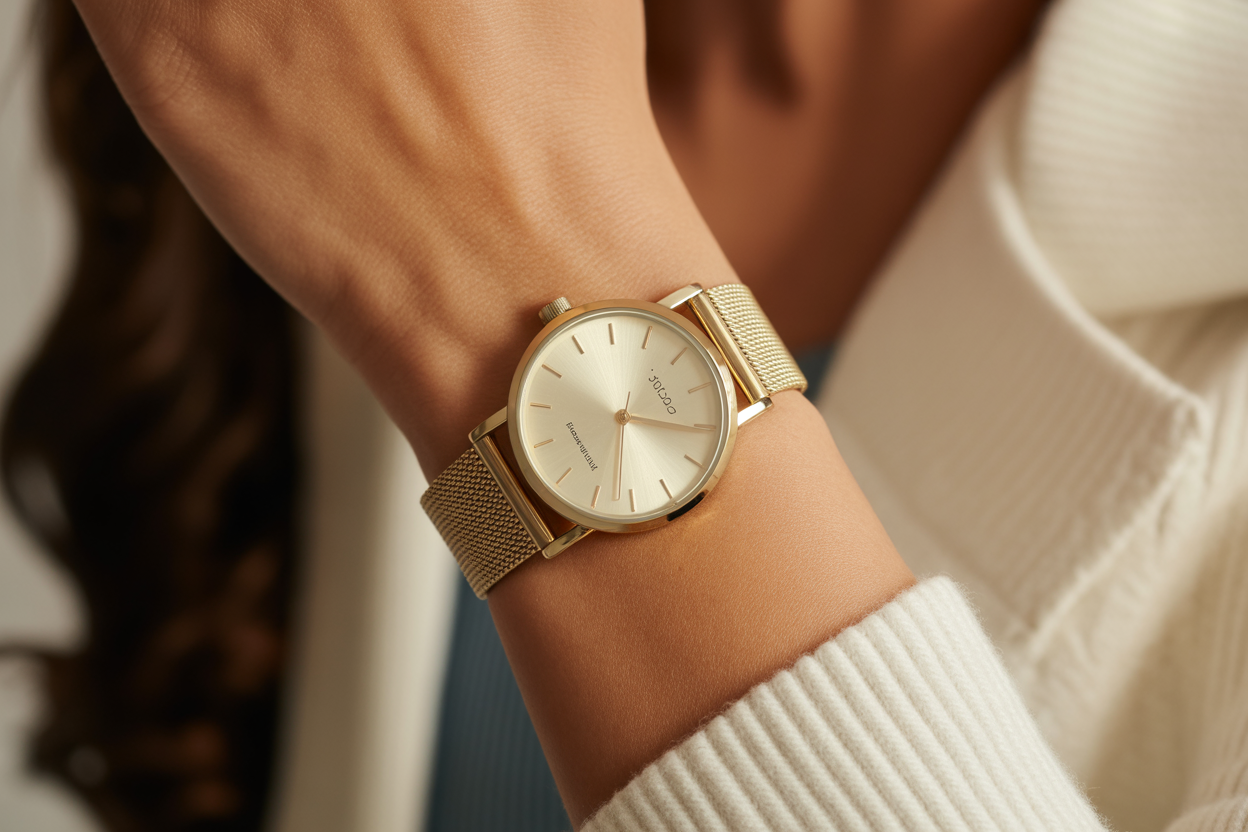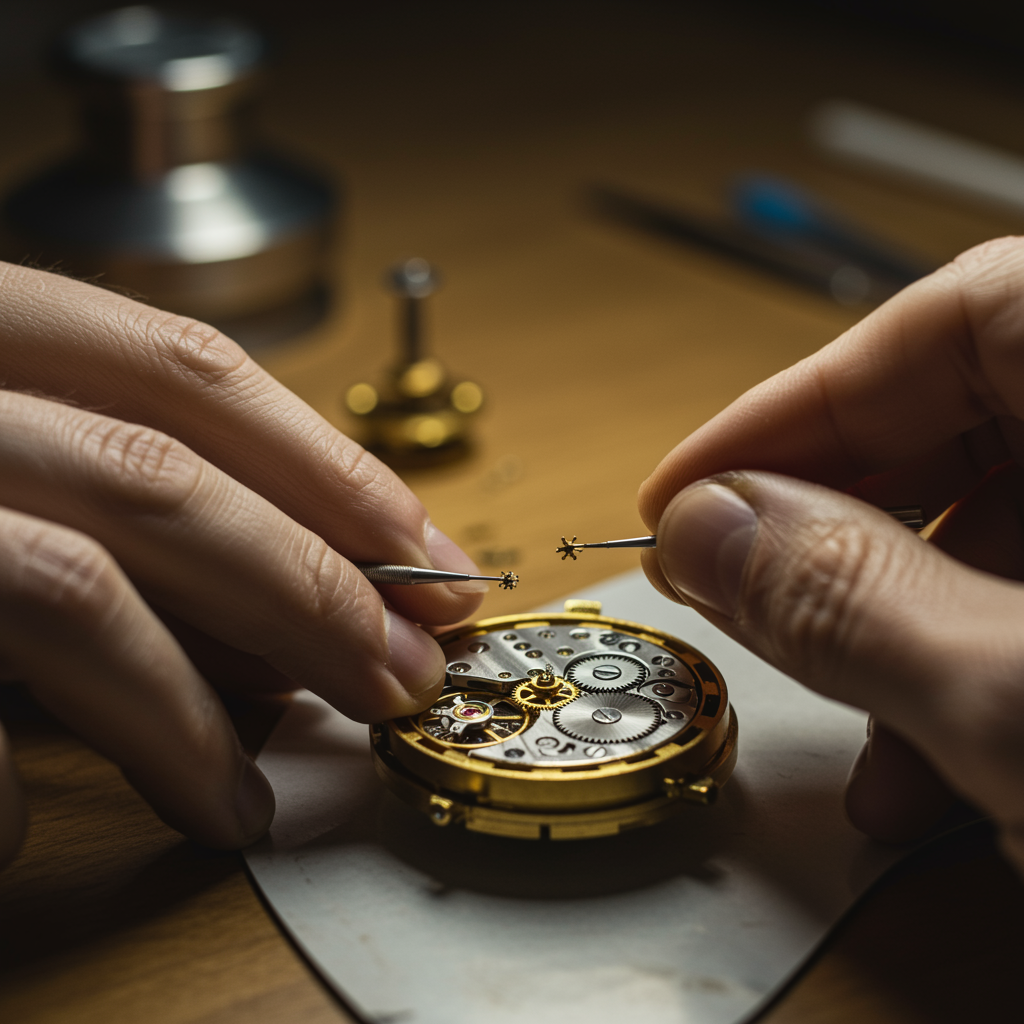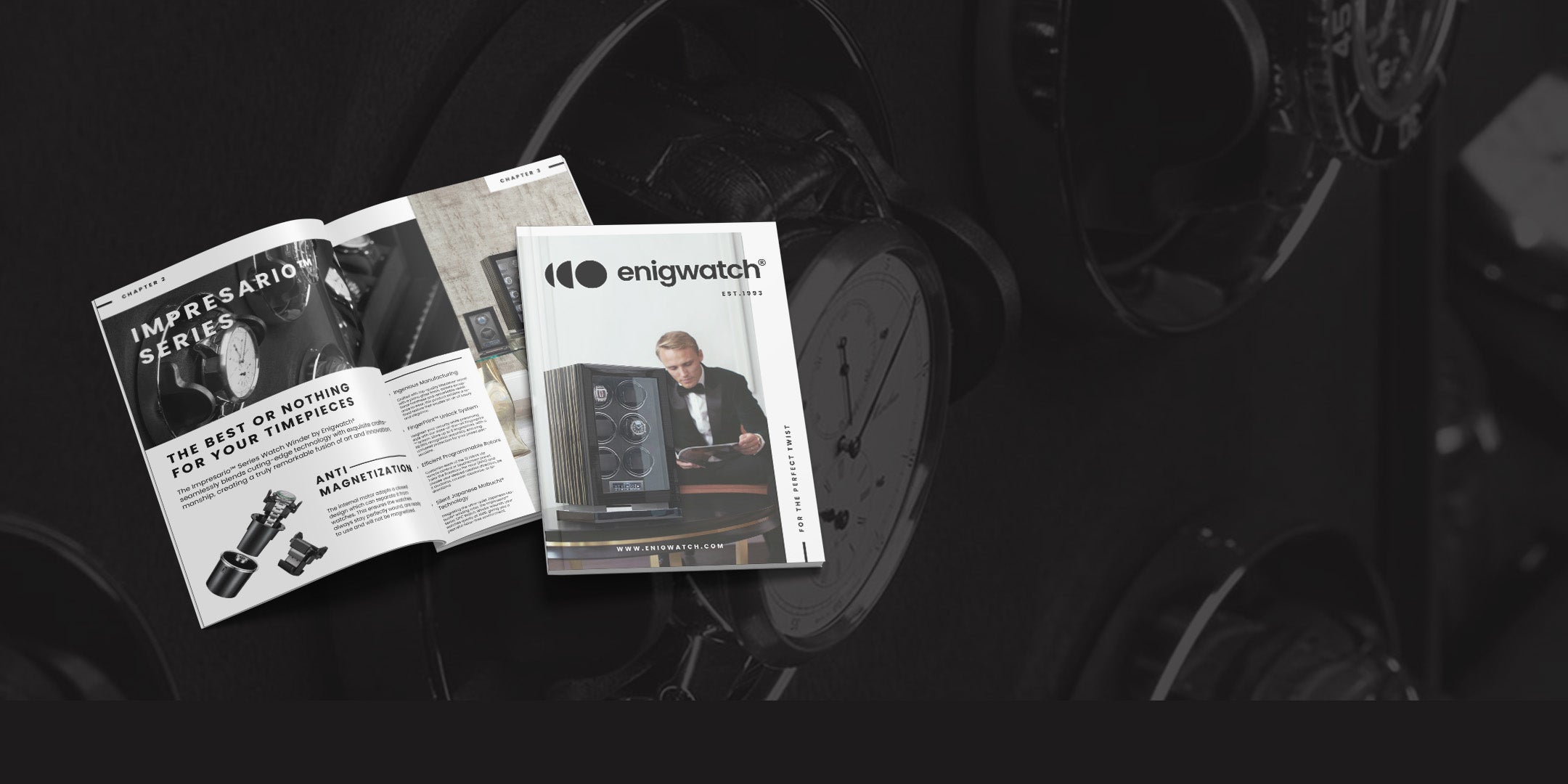Step into the horological arena as two titans of timekeeping prepare to face off in an epic clash of Swiss craftsmanship. In one corner, we have the spirited underdog Oris, known for its robust reliability and affordable luxury. And in the other corner, we have the esteemed Omega, a true heavyweight with a legacy steeped in elegance, innovation, and a dash of interstellar adventure.
Ladies and gentlemen, welcome to the Oris vs Omega: 2023 Full Brand Comparison, where we unravel the mysteries behind their histories, dissect their designs, delve into their movements, and uncover the hidden gems that lie within their timekeeping realms.
Get ready for a thrilling journey through the horological cosmos as we pit these powerhouses against each other, seeking to determine which brand truly reigns supreme. Brace yourselves for an exploration that will ignite your passion for precision, style, and the timeless pursuit of horological excellence. This is more than just a comparison—it's a captivating tale of two watchmaking giants that will leave you breathless and yearning for that perfect tick on your wrist. Let the battle begin!
History: Oris vs Omega

Oris, founded in 1904, emerged as a beacon of Swiss watchmaking excellence. Hailing from Hölstein, Switzerland, Oris distinguished itself by producing reliable timepieces that were accessible to a wide audience. The brand's commitment to affordability did not compromise its dedication to craftsmanship and innovation.
Throughout its history, Oris has remained an independent and family-owned company, allowing it to maintain its distinct character and focus on producing watches that combine functionality, durability, and value.
On the other hand, Omega's journey began over a century earlier, in 1848, when Louis Brandt established a modest watch assembly workshop in La Chaux-de-Fonds, Switzerland. From these humble beginnings, Omega swiftly gained recognition for its exceptional timekeeping accuracy and precision.
The brand's reputation soared as it became the official timekeeper of the Olympic Games, and its watches accompanied explorers, aviators, and astronauts on extraordinary expeditions, including the historic Apollo moon missions. Omega's rich history is intertwined with remarkable achievements, pioneering innovations, and a deep-rooted association with elegance and style.
You might also like: Buying Guide: The Best Watch Winder for Omega to Store Your Precious Timepieces (2023 Edition)
Design: Oris vs Omega
Oris embraces a design philosophy that emphasizes practicality, legibility, and a touch of adventure. The brand's watches boast clean and classic aesthetics, often with sporty undertones. Oris timepieces are characterized by their straightforward dial layouts, easy-to-read indices, and functional complications.
Whether it's their aviation-inspired models, robust diving watches, or elegant dress pieces, Oris strikes a balance between functionality and timeless appeal. The brand's dedication to practical design ensures that their watches are not only visually pleasing but also reliable companions for those who lead active lifestyles.
Meanwhile, Omega showcases a diverse range of designs that span from elegant to avant-garde, capturing the imagination of watch connoisseurs worldwide. Omega's iconic collections such as the Speedmaster, Seamaster, Constellation, and De Ville exhibit a blend of timeless sophistication and contemporary style.
From the iconic "Moonwatch" with its black dial and tachymeter bezel to the sleek and luxurious lines of the Seamaster Diver 300M, Omega's design language is characterized by meticulous attention to detail, refined craftsmanship, and a touch of opulence.
Whether it's the striking use of colors, the integration of unique materials, or the subtle incorporation of brand-specific elements, Omega consistently delivers watches that make a statement.
You might also like: Omega vs Rolex: A Battle of the Luxury Watch Brands
Materials: Oris vs Omega
Oris employs a variety of materials to ensure durability, functionality, and aesthetic appeal in their watches. Stainless steel is a common choice, offering strength and resistance to corrosion. Additionally, Oris incorporates materials like titanium, known for its lightweight properties and exceptional strength.
For those seeking a touch of vintage charm, Oris has embraced the use of bronze, a material that develops a unique patina over time, adding character to the watch. Ceramic is another material that Oris employs, valued for its scratch resistance and sleek appearance. The brand's commitment to sustainability is evident through the use of recycled materials in some of their timepieces, showcasing their dedication to ethical practices.
Meanwhile, Omega showcases a wide range of premium materials, reflecting their commitment to luxury and refinement. Stainless steel remains a staple, delivering a classic and enduring appeal. Omega also incorporates precious metals like gold and platinum, elevating the elegance and exclusivity of their timepieces.
In terms of innovation, Omega utilizes unique alloys such as Liquidmetal® and Ceragold®, which offer exceptional strength, precision, and aesthetic possibilities. Ceramic, known for its scratch resistance and versatility, is frequently employed by Omega, especially in their bezels. These materials, along with sapphire crystals, ensure that Omega watches maintain their allure and durability throughout the years.
You might also like: Finding the Better Brand: Omega vs Breitling (2023 Deep Review)
Movement: Oris vs Omega
Oris is recognized for its in-house movements, which showcase the brand's dedication to craftsmanship and precision. The majority of Oris watches feature automatic movements, driven by the natural motion of the wearer's wrist. These movements are known for their reliability and longevity, providing consistent and accurate timekeeping.
Oris incorporates additional complications such as date, day, chronograph, and GMT functions into some of their watches, further enhancing their practicality and versatility. The brand's emphasis on functional movements ensures that their timepieces are not only aesthetically pleasing but also dependable companions for everyday wear.
Omega, renowned for its technical prowess, has a rich history of manufacturing exceptional movements. The brand has pioneered numerous advancements in the field of horology, including the Co-Axial escapement, which reduces friction and enhances accuracy. Omega's movements are renowned for their precision and performance, often achieving COSC (Contrôle Officiel Suisse des Chronomètres) certification, a testament to their exceptional accuracy.
Whether it's the robust and reliable movements powering their professional diving watches or the intricate complications found in their high-end collections, Omega continually pushes the boundaries of watchmaking innovation.
You might also like: Tudor vs Omega: A Tight Battle of High-End Watch Brands (2023 Review)
Accuracy: Oris vs Omega

Accuracy is a crucial aspect of any timepiece, and both Oris and Omega have established a reputation for providing watches that offer exceptional precision and reliable timekeeping.
Oris, with its in-house movements, strives for accuracy in its timepieces. The brand's automatic movements are designed and crafted to meet rigorous standards, ensuring consistent and reliable performance.
While Oris does not pursue official chronometer certification for all its watches, they prioritize accuracy and precision in their movements, aiming to provide reliable timekeeping for everyday use. Oris watches generally offer accuracy within a range of -4 to +6 seconds per day, meeting the needs of most wearers.
On the other hand, Omega has long been associated with exceptional accuracy. The brand's commitment to precision is reflected in their movements, which often achieve COSC certification, an independent testing process that guarantees the highest level of accuracy. Omega's watches typically boast accuracy within a range of -4 to +6 seconds per day or even better.
Some of Omega's movements, especially those from the Master Chronometer series, undergo additional testing by the Swiss Federal Institute of Metrology (METAS), ensuring that they meet stringent criteria for accuracy, magnetic resistance, and overall performance.
You might also like: Omega vs TAG Heuer: Who Will Win? (A 2023 Review)
Price: Oris vs Omega
Oris, known for its commitment to affordability and accessible luxury, generally offers watches at a more accessible price range compared to Omega. With a focus on value, Oris provides exceptional craftsmanship, reliability, and distinctive designs without the hefty price tag associated with some luxury brands.
Oris watches typically range from a few thousand dollars to several thousand dollars, depending on the model, complications, and materials used. This makes Oris an attractive choice for watch enthusiasts seeking high-quality timepieces at a more affordable price.
Omega, as a luxury brand with a rich heritage and prestigious reputation, tends to have higher price points. The craftsmanship, innovation, and exclusivity associated with Omega watches contribute to their premium pricing. Omega timepieces range from several thousand dollars to tens of thousands of dollars, depending on factors such as the collection, materials, complications, and limited editions.
The brand's iconic models and special editions often command higher prices due to their desirability and collectible nature. Omega's luxury positioning caters to watch enthusiasts and collectors who value the prestige, craftsmanship, and history associated with the brand.
When comparing Oris and Omega in terms of price, Oris generally offers a more accessible entry point into luxury timepieces, making it an attractive option for those seeking value for money. On the other hand, Omega's higher price range reflects its status as a luxury brand with a rich heritage, exceptional craftsmanship, and a range of iconic collections.
Value: Oris vs Omega
Oris is renowned for providing excellent value for money. The brand focuses on producing reliable and functional timepieces with exceptional craftsmanship. Oris watches often feature in-house movements, showcasing the brand's commitment to quality and precision.
With their accessible price range, Oris offers an opportunity to own a Swiss-made watch with notable design, durability, and practicality. The brand's emphasis on affordability without compromising on quality makes Oris a popular choice for watch enthusiasts seeking accessible luxury and long-term value.
On the other hand, Omega offers a different value proposition based on its prestigious heritage, technical innovations, and luxurious appeal. As a renowned luxury brand, Omega embodies elegance, craftsmanship, and a rich history that dates back to the 19th century. Omega's timepieces often feature high-end materials, intricate movements, and iconic designs.
The brand's association with milestones such as being the official timekeeper of the Olympic Games and being chosen as the watch worn by NASA astronauts during the Apollo moon missions adds to its desirability and collectible value. Omega watches offer a combination of exceptional craftsmanship, timeless aesthetics, and the prestige associated with owning a luxury Swiss timepiece.
Conclusion
Ultimately, the choice between Oris and Omega depends on personal preferences, budget, and the desired attributes in a timepiece. Oris excels in delivering accessible luxury, practicality, and exceptional value, making it an ideal choice for those seeking reliability and affordability. Omega, with its prestigious reputation, offers a luxury experience steeped in history, precision, and refined aesthetics, appealing to individuals who appreciate craftsmanship, elegance, and a touch of opulence.
Both Oris and Omega have carved their own place in the world of horology, earning the respect and admiration of watch enthusiasts worldwide. Whichever brand you choose, you can be confident in owning a timepiece that represents the culmination of Swiss watchmaking expertise and a symbol of timeless elegance or accessible luxury.

